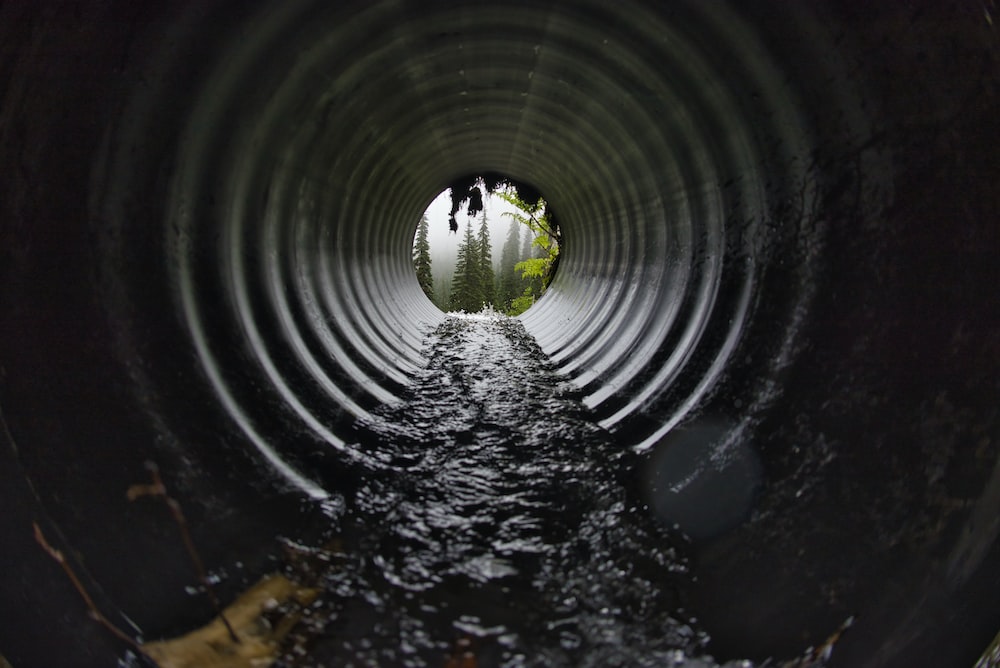Drainage plays a crucial role in modern day infrastructure, in managing wastewater, and preventing waterlogging. Among the core components of these systems are drains, lateral drains, and sewers. They might seem similar, however each serves a distinct purpose and operates as a separate part from the others, and so it is important to understand the differences in order to maintain effective wastewater management.
Drains
Drains are fundamental to any building or property with a plumbing system. They are designed to carry away excess water or liquid waste so as to prevent accumulation and potential damage. Each drain - from sink drains to roof drains – are made to handle specific types of wastewater. For example: floor drains are commonly found in basements, garages, and outdoor areas, directing rainwater or wastewater away from the foundation of a building. On the other hand, sink drains are installed in kitchens and bathrooms to carry away used water from sinks, showers, and bathtubs.
The responsibility for maintaining these drains falls on the property owner and so it is up to them to seek professional commercial drain services if anything goes wrong. If you have a business and you're worried about the drainage in your property, Grey-Water offer a variety of services to suit your needs and the needs of your drainage system.if anything goes wrong. If you have a business and you're worried about the drainage in your property, Grey-Water offer a variety of services to suit your needs and the needs of your drainage system.
Lateral Drains
Lateral drains serve as the link between individual properties and the main sewer network. Unlike drains, which are confined to a single property, lateral drains connect multiple properties to a larger wastewater disposal system. Typically buried underground, lateral drains collect wastewater from individual buildings and channel it towards the main sewer line. Crucial for maintaining hygiene and preventing contamination, lateral drains ensure the proper disposal of household wastewater. Responsibility for the maintenance of lateral drains often falls upon the water company who oversee them.

Sewers
Sewers are the backbone of urban drainage systems, featuring a network of interconnected underground pipes that collect and transport wastewater from a range of sources to treatment facilities or disposal sites. Unlike drains and lateral drains, which deal with localised wastewater, sewers handle much larger volumes of it from entire neighbourhoods or communities. Sewers are typically maintained by local authorities or utility companies, as they form part of the public infrastructure. These networks are built to accommodate the flow of both domestic and industrial wastewater, which requires regular inspection and maintenance to prevent blockages and ensure proper functioning.
When Drains Break
Several problems can arise when a drain cracks or breaks. This can contribute to rising damp which causes water leakage and soil saturation (which can penetrate through walls and floors), along with structural damage, eroding the foundations of a property. Clay drain pipes are more susceptible to cracking and breaking compared to modern PVC or metal pipes. Clay pipes are prone to deterioration over time due to factors such as soil movement, root intrusion, and freeze-thaw cycles. Additionally, clay pipes are more fragile and can easily crack under pressure or stress. This material was used a lot in the early 1900's to build drain pipes and can be found in older buildings, contrasting the plastic and PVC pipe generally used today.
Although all of these examples serve the purpose of managing wastewater, they differ significantly in their scale, scope, and function. Drains are localised systems within individual properties, whereas lateral drains connect multiple properties to the main sewer network. Sewers, on the other hand, form a comprehensive network that transports wastewater from whole communities to treatment facilities.
Understanding the differences between these components is essential for effective maintenance and management so the proper action can be taken when it comes to jet washing drains for thorough cleaning.

